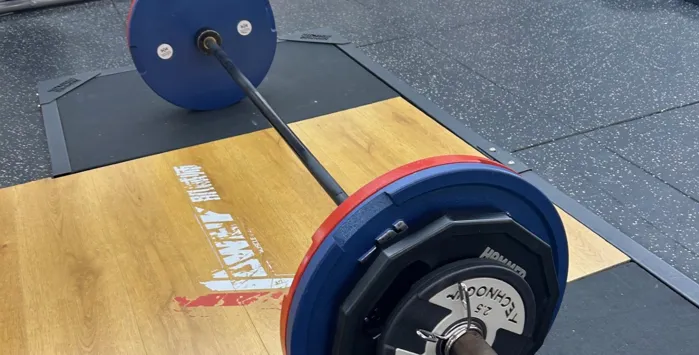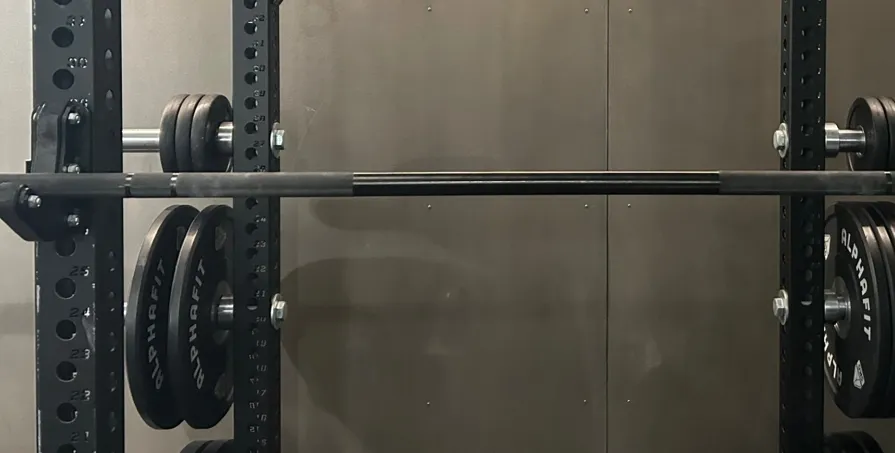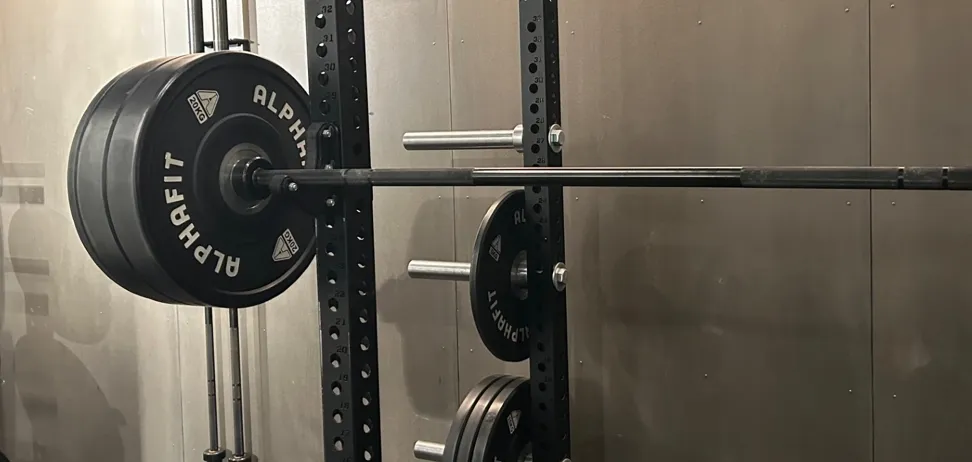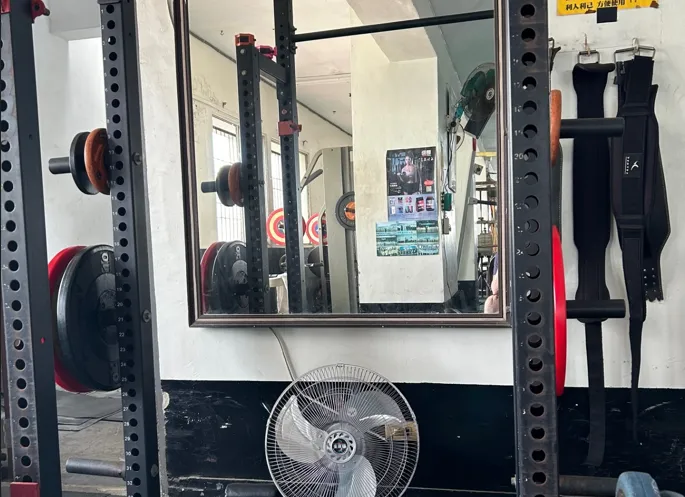Lifting weights so I can put my kid on my shoulders
In 2024, I finally decided to confront my chronic back pain.
For years, simple activities like wearing dress shoes or sitting on an airplane left me in excruciating agony. At night my sleep was interrupted by stabbing back pain. By day I would wince well into the afternoon after a quick lunchtime walk.
Boring, pedestrian, standard back pain, I discovered, is a medical puzzle with no single solution. Each specialist - from orthopedists to physiotherapists - gives a different perspective on the same set of symptoms. You have to navigate a landscape of competing professional opinions to find a way forward.

One early attempt was a visit to a podiatrist. He was a lovely person whose background in competitive rowing couldn’t have been any more different to my own. He took notes as I explained my woes, finally prescribing new shoes, rubber band exercises and months of follow-up sessions. I didn’t see much of a change.
I got a bit more from two different physiotherapists. Shaking while standing on one foot, one helpful physiotherapist told me that my glutes were very weak. Later, while on my front holding my leg in the air, another physiotherapist made it clear my core could benefit from more exercises. Unfortunately, at best, the prescribed stretches only took the edge off the pain.

The lightbulb moment came with a visit to a McKenzie practitioner. Half physiotherapist, half masseuse, he stopped the pain in my back in a single 30 minute session. The relief was short-lived, however, with the pain coming back a month later, but some advice I was given as a parting gift was invaluable. ‘You need to get serious about strengthening your body’ the practitioner told me quite directly.
So began my foray into unskilled, self directed strength coaching, a world I had never given much thought to. I scoured the internet for ideas, read as widely as I could and tried to narrow in on the experiences of people like me: mid-30s, extremely unfit, with a lifelong aversion to going to the gym but willing to turn it around.
One book in particular, Mark Rippetoe’s Starting Strength: Basic Barbell Training, has proven to be an ongoing inspiration. The foundations of the Starting Strength program are the lifts that are familiar to anyone who has glanced at the Olympics: deadlift, power clean, bench press, overhead press and squat. Each of these exercises work the muscles in your whole body with the result that improvements are spread across your whole body.

The heart of the program is to lift a little more weight each time you go to the gym. Think of it like saving money: you add a little weight every session, and over time these small additions compound into significant gains. The program’s beauty lies in its simplicity.
My first weeks were humbling - squatting with just the bar, focusing on form, and fighting through the initial soreness. As time has passed however, the muscles in my body have started to respond to the progressive increases in weight. I bounce back a little stronger after each session.
My back pain, seemingly caused by the weakest muscles in the group in my lower right back, has benefited immensely from this approach. After about four months of sticking to the program, after many mistakes and much experimentation, I’ve found my back pain has largely receded. Aiming to strengthen all the muscles in my body instead of the individual exercises of different doctors has paid off handsomely. It’s a nice feeling.

Far and away the greatest joy of throwing off back pain is spending more time with my little one. I can now, for the first time, hoist him onto my shoulders for a few hours without being afraid of the pain it will cause later. Going to the local football ground and watching the game over the boundary fences is a delight.